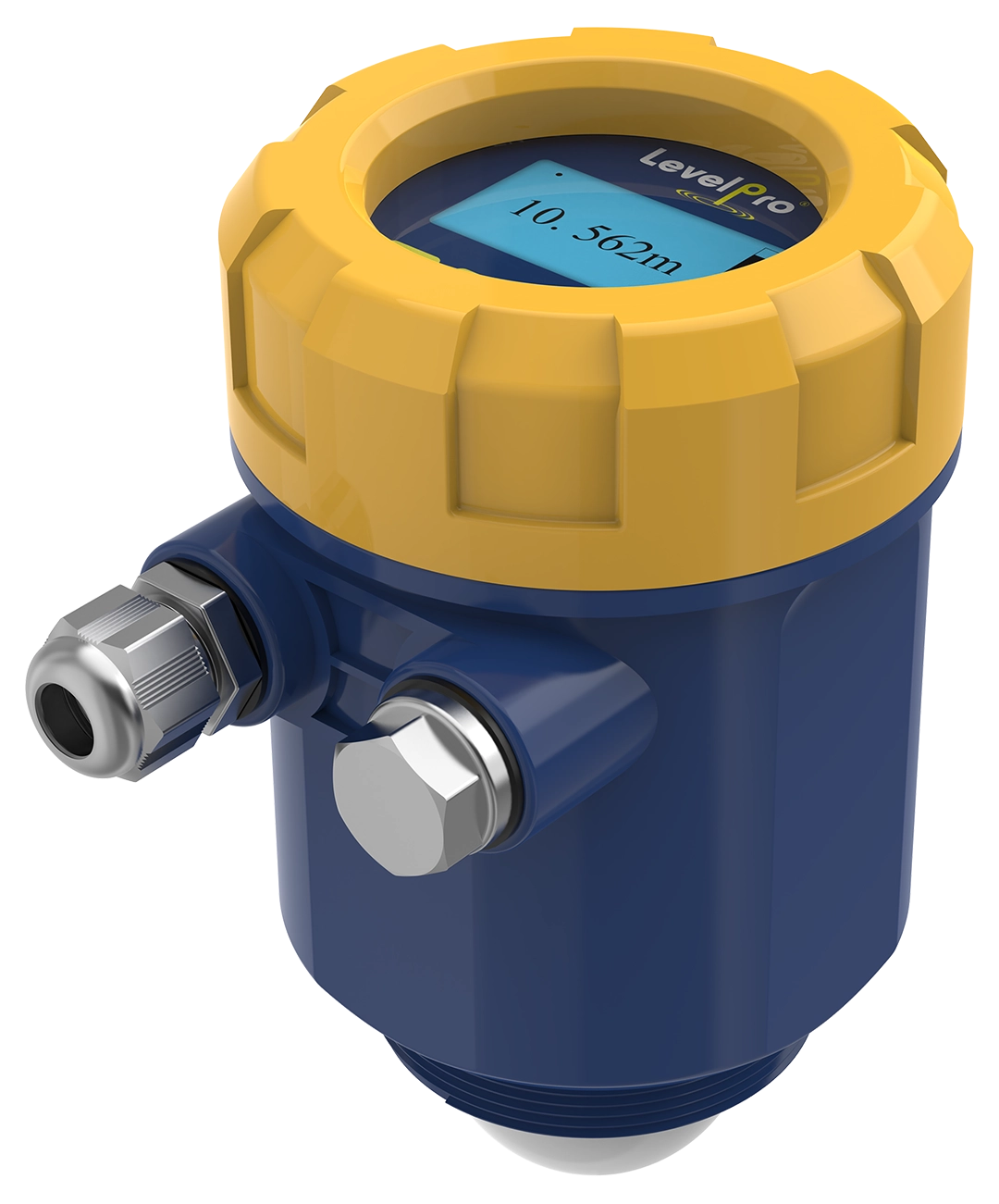×
- Company
- Brands
- Products
- Accessories
- Back Pressure Valves
- Bromine Feeders
- Calibration Columns
- Controllers
- Flow Meters
- Glycol Feeders
- Injection Quills and Corporation Stops
- Level Measurement
- Mixers
- pH Systems
- Polymer Feed Systems
- Portable Instruments
- Pot Feeders
- Pressure Relief Valves
- Pulsation Dampeners
- Pump Skids
- Pumps
- Sample Coolers
- Side Stream Filter Packages
- Sight Flow Indicators
- Standard Solutions and Buffers
- Tanks
- Timers
- Water Analyzer
- Water Meters
- Water Quality Sensors
- Accessories
- Back Pressure Valves
- Bromine Feeders
- Calibration Columns
- Controllers
- Flow Meters
- Glycol Feeders
- Injection Quills and Corporation Stops
- Level Measurement
- Mixers
- pH Systems
- Polymer Feed Systems
- Portable Instruments
- Pot Feeders
- Pressure Relief Valves
- Pulsation Dampeners
- Pump Skids
- Pumps
- Sample Coolers
- Side Stream Filter Packages
- Sight Flow Indicators
- Standard Solutions and Buffers
- Tanks
- Timers
- Water Analyzer
- Water Meters
- Water Quality Sensors
- SERVICES
- Resources
- Contact
